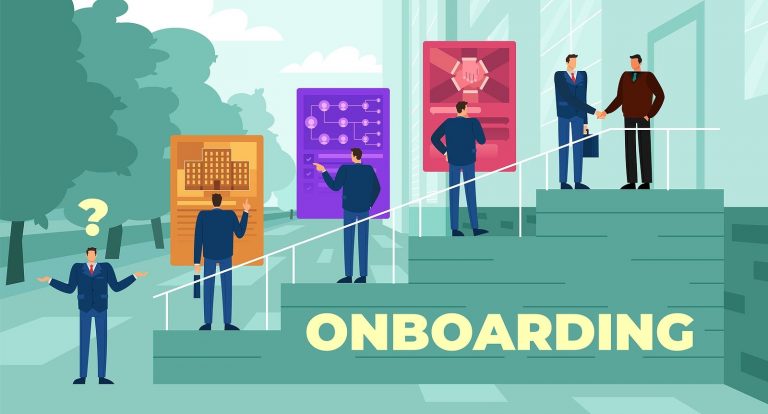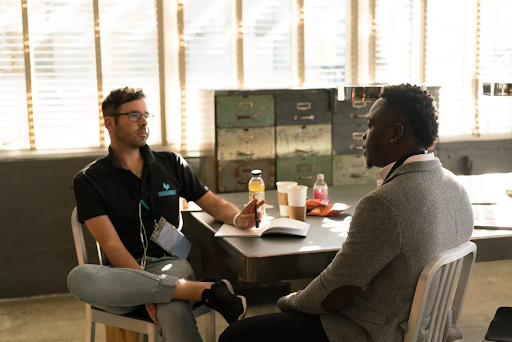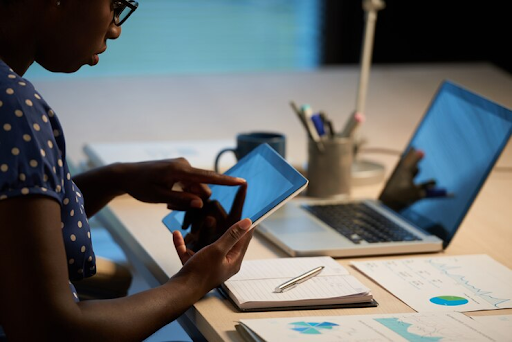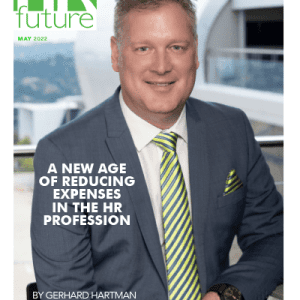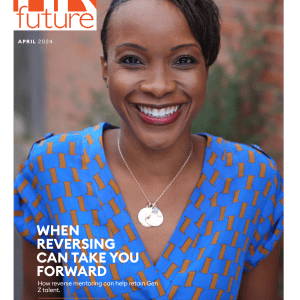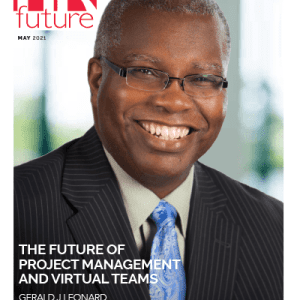Workplace design plays a significant role in productivity. A space conducive to collaboration, independent work, and anything in between ensures efficiency and helps achieve goals faster.
After the COVID-19 pandemic, redesigning workspaces has been challenging. Most companies have a hybrid setup, freeing more space in offices. Due to these unpredicted changes, future-proofing workspaces is crucial.
Here are eleven strategies to future-proof your workplace design.
1. Create Flexible Workspaces
Workers perform and thrive differently based on their typical work habits and preferences. Some may want to share tables for easy collaboration, while others may prefer a quiet nook to stay productive independently. Flexible spaces accommodate all types of workers.
Incorporating flexibility in workspaces exemplifies how strategy meets environment. You can rearrange the typical layout based on what enhances productivity and motivation. Collaborating with professional workplace strategists who specialize in interior design maximizes every corner for optimal efficiency.
Another tip for creating flexible workspaces is to use a variety of multipurpose and transformable furniture. You may also add standing desks to promote movement.
2. Utilize Natural Light
Natural light can make the space look more vibrant and inviting. Sunlight uplift moods, which is vital for maintaining motivation throughout the day. Incorporate it into your workplace design to create a more effective and future-proof environment.
Utilizing natural light can help improve productivity by promoting workers’ overall wellness. Sunlight can help employees stay awake to finish urgent tasks on time.
However, constant sun exposure may cause distractions and increase your cooling bills. To mitigate these issues, add blinds or sheer curtains to soften the light, maximizing its benefits without overheating the interiors.
3. Maintain A Smooth Flow
Efficient movement within the space is crucial to future-proofing workplace design. Good traffic remains critical for a productive interior layout. It’s also one of the safety standards.
Ensure efficient movement within the workplace by eliminating obstructions and freeing up space to prevent accidents. For hybrid setups, remove excess desks and furniture to accommodate busier days.
Another way to maintain a smooth flow is to redirect traffic away from quiet spaces. In a flexible layout, you can create silent zones with minimal distraction, which is best for workers who need uninterrupted focus to finish their tasks.
4. Pick The Right Colors
Colors can affect space perception and ambiance. Picking the best hues for your workplace design can improve focus, uplift mood, and enhance motivation and productivity.
Some of the best dominant colors for workplaces is blue. It has a calming effect that aids focus. On the other hand, yellow is best for boosting creativity, energy, and positivity. For creating balance and harmony, adding some touches of green can help.
5. Prioritize Good Airflow
Good airflow is vital to workers’ health and safety. Design the optimal layout to circulate clean air and meet post-pandemic health standards, preventing the spread of viruses and bacteria.
Maintain proper ventilation with breathable space dividers. Don’t forget to clean the vents and ducts regularly.
6. Keep Everything Organized
Clutter impedes efficiency. While it may be unavoidable sometimes, especially for creatives, keeping everything organized is still necessary.
An organized workplace design is future-proof. Include ample storage, and conduct decluttering sessions where employees participate in tidying up their desks.
7. Add Some Greenery
Green creates harmony in the workplace, improving efficiency and productivity. Incorporating plants into the busiest workspaces can soothe overwhelmed workers.
Natural elements like plants provide aesthetic value and stress relief. Taking short breaks to look at greenery helps prevent eye strain from computer screens.
8. Provide Recreational Spaces
Recreational spaces help manage stress at work. During breaks, employees can unwind and socialize in these areas.
Create spaces that promote wellness and mental health as well by offering quiet areas for relaxation and mindfulness practices. These simple additions positively impact their mental and emotional well-being.
9. Maintain Cleanliness
Cleanliness is a safety standard in every workplace. However, the pandemic necessitated elevated sanitation levels. As such, be sure to designate sanitation areas to future-proof your workplace design.
10. Embrace Technology Integration
Incorporating technology into your workplace design is essential for staying ahead in the ever-evolving digital landscape. Your office layout should accommodate new and emerging technologies.
You can do this by providing easily accessible charging stations, wireless connectivity, and interactive displays. Adopting a tech-friendly environment promotes seamless communication, collaboration, and innovation among employees.
11. Promote Health And Comfort
Consider incorporating elements like ergonomic furniture and adjustable workstations to support physical health and comfort. Encouraging a healthy work-life balance fosters a happier and more productive workforce. This can ensure your workplace remains adaptable and resilient in the long term.
Shaping the Future of Workspaces
As HR director or HR professional, you play a pivotal role in ensuring the successful implementation of future-proof workplace design strategies. Your understanding of employee needs, engagement, retention, and overall workplace culture is essential in driving these changes.
Collaborate closely with facility managers, architects, and other departments to create spaces that align with organizational goals and employee well-being. Conduct employee surveys and gather feedback to understand individual preferences, working styles, and specific requirements.
Furthermore, your responsibility lies in promoting a culture of continuous improvement and adaptability. Facilitate training and workshops to help employees adapt to new workspaces and encourage open communication channels to address any concerns or suggestions.
By actively participating in workplace design decisions and fostering a supportive and inclusive environment, you can significantly impact the success of these strategies and contribute to a thriving, future-proof workplace.
Jane Smith is a workplace design enthusiast and writer based in New York City, dedicated to exploring innovative strategies for creating efficient and future-proof workspaces.




